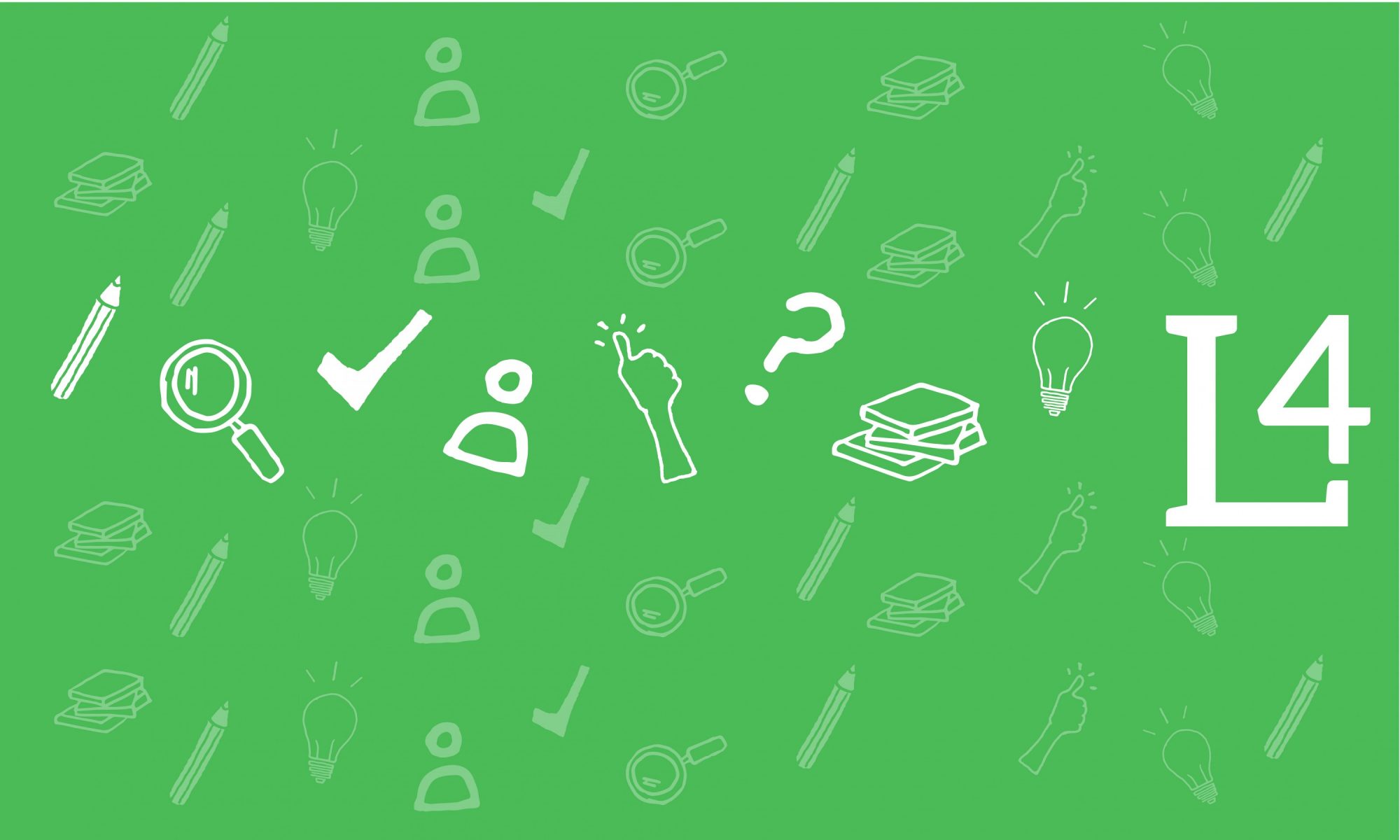#TheGuide: An Academic Service Learning Project
Laura Westengard
English/School of Arts and Sciences
English 1101, Freshman Composition
Activity Description: Provide a brief description of the activity
This academic service learning project asked students to create a public OpenLab site to be used as a guide for the City Tech campus and the surrounding community, including the Brooklyn Waterfront. The client/audience for the OpenLab site was the City Tech community, including new and existing students at City Tech, faculty and staff, and friends and relatives of City Tech students. The students were asked to create the webpage itself, design the layout and visuals, and contribute three major essays from English 1101: College Skills, City Tech Places, and Local Grub.
Learning Goals: What do you aim to achieve with this activity?
Write clearly and coherently in varied, academic formats (such as formal essays, research papers, and reports) using standard English and appropriate technology to critique and improve one’s own and others’ texts (Writing and Reading Processes, Knowledge of Conventions)
Demonstrate research skills using appropriate technology, including gathering, evaluating, and synthesizing primary and secondary sources (Critical Thinking, Reading, Writing, and Researching)
Support a thesis with well-reasoned arguments, and communicate persuasively across a variety of contexts, purposes, audiences, and media (Rhetorical Knowledge, Composing in Digital Environments, Critical Thinking, Reading, Writing, and Researching)
Formulate original ideas and relate them to the ideas of others by employing the conventions of ethical attribution and citation (Critical Thinking, Reading, Writing, and Researching, Knowledge of Conventions)
Timing: At what point in the lesson or semester do you use this activity? How much classroom time do you devote to it? How much out-of-class time is expected?
This was a cumulative project that spanned the entire semester. The students created and launched the final site as an end of semester event, but the smaller assignments throughout the semester were all designed to contribute to the site. It is difficult to quantify the in-class and out-of-class time devoted to the activity because the scaffolded structure.
Logistics: What preparation is needed for this activity? What instructions do you give students? Is the activity low-stakes, high-stakes, or something else?
This project was part of a First-Year Learning community partnership (Profs. Goodlad and Akana, Hospitality Management). Profs. Goodlad, Akana, and I introduced students to the assignment at the beginning of the semester with a handout. In my English 1101 course, each smaller assignment was designed to contribute to the site, and I reminded students of this throughout the drafting and revising process. After invention, drafting, and peer review, I gave students feedback and a grade on their essay. Then they were required to meet with me to discuss their strategy for revision, with the audience of #The Guide in mind. We spent about two class meetings designing, naming, and structuring the site itself. Students suggested ideas and voted on them, and they appointed certain class members to contribute graphics and images for the site. After revising their essays, students posted the essays on the website using the categorization that we had determined as a group. At the end of the semester, students wrote a brief reflective essay that discussed their experience working with a client, working with peers, the process of writing and publication, lessons learned, and a self-assessment. Their participation and reflection held moderate weight in the course but were not extremely high-stakes, but the cumulative weight of the essays themselves was significant.
Assessment: How do you assess this activity? What assessment measures do you use? Do you use a VALUE rubric? If not, how did you develop your rubric? Is your course part of the college-wide general education assessment initiative?
Students’ individual essays were assessed using the English Department’s 1101 rubric along with the basic features of the specific genre (listed in the textbook St. Martin’s Guide to Writing). I did not use a VALUE rubric.
Rubric Assessment Categories: Content, Structure, Sophistication of Language, Mechanics
Basic Features for Explaining a Concept: A Focused Explanation, A Readable Plan, Appropriate Explanatory Strategies, Smooth Integration of Sources
Basic Features for Profiling a Place: Detailed Information about the Subject, A Clear Organizational Plan, A Role for the Writer, A Perspective on the Subject
Basic Features for Justifying an Evaluation: A Well-Presented Subject, A Well-Supported Judgment, An Effective Counterargument, A Readable Plan
Peer-review workshops
Informal oral and written responses to invention materials and drafts
Reflection: How well did this activity work in your classroom? Would you repeat it? Why or why not? What challenges did you encounter, and how did you address them? What, if anything, would you change? What did students seem to enjoy about the activity?
While the students did not see the relevance of their work at the beginning of the semester, they grew increasingly invested in the project as they realized the great service they were offering to their community. By the end of the semester, the students exhibited pride in the work that they accomplished and many articulated the desire to continue to contribute to the project in future semesters.
The activity was a large-scale endeavor, but because I scaffolded the assignment from the beginning of the semester it was not overwhelming. I plan to repeat it again in some form. In future semesters, students will not have the opportunity to create the site from scratch, but they can work together on revision and supplementation.
Additional Information: Please share any additional comments and further documentation of the activity – e.g. assignment instructions, rubrics, examples of student work, etc. These can be links to pages or posts on the OpenLab.
Please share a helpful link to a pages or post on the OpenLab
https://openlab.citytech.cuny.edu/theguide/



